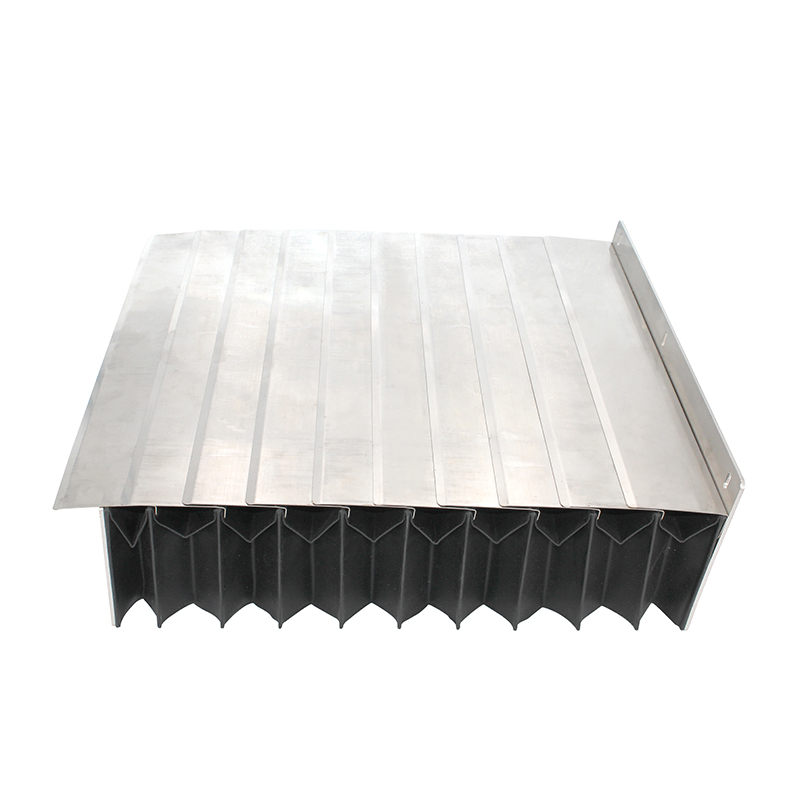synchronous v belt
Understanding Synchronous V-Belts A Comprehensive Overview
Synchronous V-belts are essential components widely used in mechanical systems to transmit power efficiently. Unlike traditional V-belts, which rely on friction to grip the pulley, synchronous V-belts operate on the principle of precision timing and synchronization, ensuring that the drive system maintains consistent and accurate performance. This article delves into the functionality, benefits, applications, and maintenance of synchronous V-belts.
What are Synchronous V-Belts?
Synchronous V-belts, often referred to as timing belts, feature teeth that mesh with corresponding grooves on pulleys. This design allows them to maintain a fixed relationship between the driving and driven shafts, thus enabling precise timing in mechanical operations. The belts are usually made of high-quality materials such as rubber reinforced with fiber or polyester, which provide durability and flexibility.
Key Features and Advantages
One of the primary advantages of synchronous V-belts is their ability to eliminate slippage. In conventional V-belt systems, variations in speed and tension can lead to slip, affecting performance and potentially causing damage. Synchronous belts, however, maintain a perfect grip on the pulleys thanks to their tooth-and-groove design, ensuring optimal power transfer and synchronization.
Another significant benefit is their wear resistance. Synchronous V-belts have a longer service life compared to traditional belts, owing to their robust construction. They can withstand harsh environmental conditions, making them suitable for various applications across industries such as automotive, manufacturing, and automation.
Moreover, these belts operate more quietly than traditional V-belts. The elimination of slipping reduces noise levels, contributing to a more pleasant working environment. Their efficiency also leads to lower energy consumption, providing cost savings over time.
Applications of Synchronous V-Belts
Synchronous V-belts are versatile and find use in numerous industrial applications. In the automotive sector, they are commonly employed in engine timing systems, ensuring that the camshaft and crankshaft operate in perfect harmony. This precision is critical for maintaining engine performance and efficiency.
In manufacturing, synchronous V-belts are used in conveyor systems, where consistent movement and synchronization are essential. They are also utilized in robotics and automation for precise motor control, enabling machinery to operate smoothly and accurately.
synchronous v belt

In addition, synchronous V-belts are used in HVAC systems, where they help drive fan and pump systems. Their reliable performance is vital for maintaining optimal airflow and temperature control in commercial and residential buildings.
Maintenance and Best Practices
To maximize the performance and lifespan of synchronous V-belts, regular maintenance is essential. Here are some best practices
1. Proper Tensioning Ensure that the belt is properly tensioned according to manufacturer's specifications. Over-tensioning can lead to premature wear, while under-tensioning may result in slippage.
2. Alignment Checks Regularly verify that the pulleys are correctly aligned. Misalignment can cause uneven wear and reduce the belt's effectiveness.
3. Visual Inspections Periodically inspect the belt for any signs of wear, such as cracks, fraying, or missing teeth. Any visible damage should be addressed immediately to prevent further issues.
4. Avoid Contamination Keep the belt and pulleys free from oil, grease, and other contaminants that can cause slippage and wear.
5. Replacement Timing Be proactive about replacing the belt at the manufacturer's recommended intervals, even if it appears to be in good condition. Preventive maintenance is more cost-effective than dealing with unexpected failures.
Conclusion
Synchronous V-belts play a crucial role in modern mechanical systems, offering unmatched efficiency, precision, and reliability. Their unique design and durable materials make them the go-to solution for a wide range of applications across various industries. By understanding their function, advantages, and maintenance needs, engineers and technicians can ensure the optimal performance of their systems, ultimately leading to increased productivity and reduced downtime. Embracing synchronous V-belts in your design and maintenance practices can propel your operations towards greater success.








